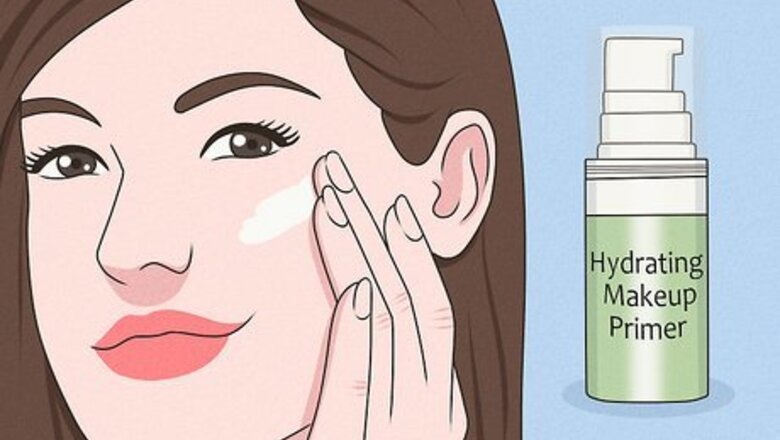
views
Picking a Makeup Primer for Your Skin Type
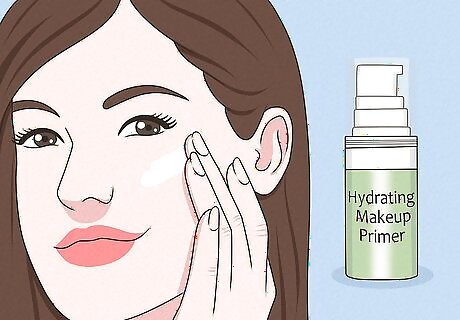
Choose a hydrating makeup primer if you have dry skin. If your skin begs for lotion after a shower, you definitely need to get a makeup primer for dry skin. A good, nourishing primer can take the place of your lotion, so you can hydrate your skin and prep it for makeup in one step. Look for primers with words like “hydrating,” “soothing,” or “replenishing.”
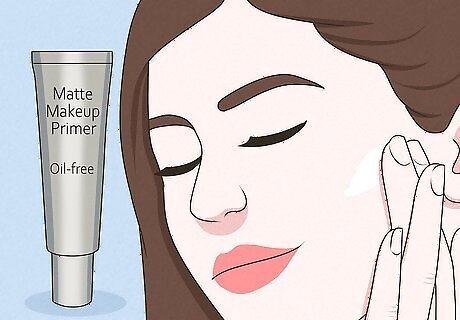
Pick a mattifying primer if you have oily skin. If you struggle with excess oil and shine, you want to combat this with your primer. To do so, your best bet is a great mattifying primer that will reduce your skin’s oil production. Products that minimize pores typically help to minimize shine as well. Look for oil-free formulas – your skin doesn’t need any help with that!
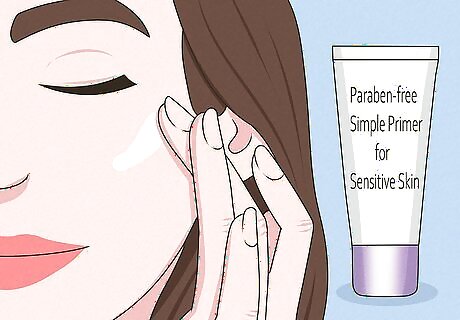
Select a simple primer for sensitive skin. If you've found that your skin is sensitive to the products you use, it's a good idea to choose primers with a short ingredient list. Many beauty supply stores will have primers for sensitive skin that are oil-free, fragrance-free, paraben-free, and so on. The less additives in your facial products, the lower chance you have to experience a negative reaction. Expert Answer Q When asked, "What kind of ingredients should you avoid if you have sensitive skin?" Katya Gudaeva Katya Gudaeva Professional Makeup Artist Katya Gudaeva is a Professional Makeup Artist and the Founder of Bridal Beauty Agency based in Seattle, Washington. She has worked in the beauty industry for over 10 years and worked with companies such as Patagonia, Tommy Bahama, and Barneys New York and with clients such as Amy Schumer, Macklemore, and Train. Katya Gudaeva EXPERT ADVICE Answer from Katya Gudaeva: Professional makeup artist Katya Gudaeva says: "Try to avoid well-known irritants like chemicals and fillers, or products with a lot of ingredients you don't recognize. You might also want to avoid fragrance, and even natural ingredients like essential oils can be very harsh on the skin. However, everyone has very different skin, so it takes some trial and error to find out what works for you."
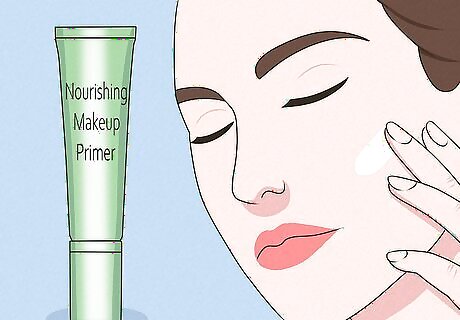
Use a nourishing makeup primer on mature skin. As you age, you may struggle with fine lines and blotchy skin. For this type of skin, look for makeup primers infused with antioxidants. A hydrating primer will help to give you some needed moisture while locking your makeup in place.
Addressing Specific Skin Issues
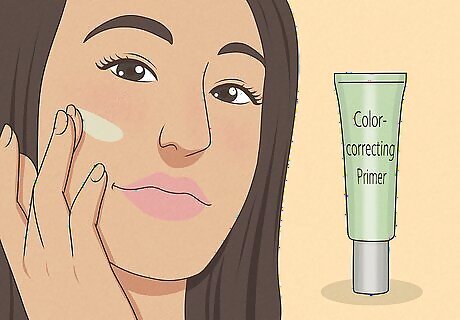
Use a color-correcting primer if you have issues with skin color. Some primers are clear, which are great for people hoping to skin improve texture and help makeup stay put. If you have blotchy or uneven skin, however, you might want to use your primer as a color corrector. You can choose a primer in the same color as your foundation color to even out your skin, or use a specific color-correcting primer. Green makeup primer will reduce redness. Whether you have a sunburn or just struggle with an overly rosy complexion, the green will help balance the red. If you have yellow undertones, apply a purple makeup primer to cancel these out. Pink makeup primers work a little like blush by making your complexion look illuminated and healthy. If you can see the bluish veins in your delicate skin, a yellow makeup primer will help cover these up. A peach-colored primer will help cover up dark circles and hyperpigmentation.
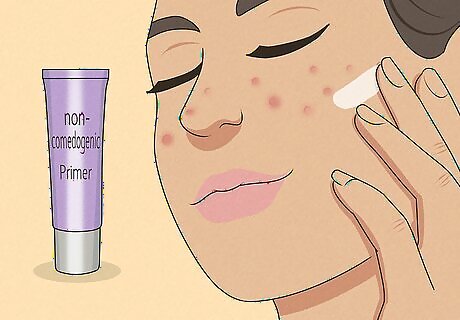
Choose a gentle primer for acne-prone skin. Using the wrong products on acne can make the problem worse, so it’s incredibly important that people with acne choose the right makeup primer. Primers with salicylic acid are great for people with acne because they actually work to reduce acne while you’re wearing it. Avoid products with added oils or fragrances, because these can irritate your skin. Look for products that are specifically labeled "non-comedogenic," which means they won't clog your pores. Oil-free and oil-absorbing primers are good choices for acne-prone skin because they will not block pores and aggravate the problem. Primers with vitamins E and A can help heal and moisturize your skin.
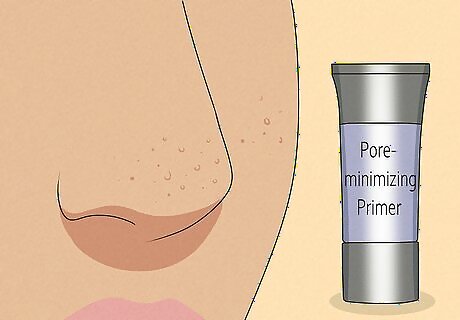
Hide large pores and fine lines with a pore-minimizing primer. These products are well-labeled for the problem they address, luckily. If you want to blur these imperfections, look for bottles labeled with words like “pore-minimizing” or “poreless.” Some of these primers can be used alone while others work best in conjunction with foundations, so read the packaging carefully. If you have wrinkles or large pores, it’s important to see if your primer stands the test of time. A primer may look great at first, but then you’ll see your foundation settling into fine lines. The best primers will hold your makeup in place (and out of fine lines) all day!
Priming for the Environment
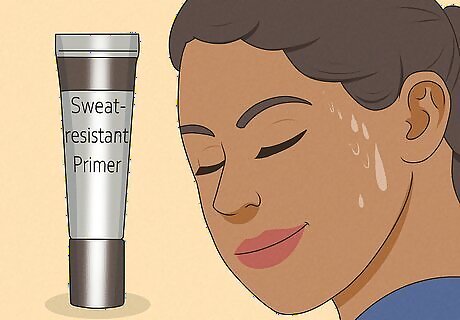
Buy a sweat-resistant primer if you’re active. If you’re sitting in class or work all day, you may be fine with your everyday primer. However, if you’re headed to a packed party or to an outdoor lunch, your makeup may slide off your face by the end! Use a sweat-resistant primer to make sure it stays put. These primers are meant to resist water and sweat and will help your makeup stay in place despite the conditions.
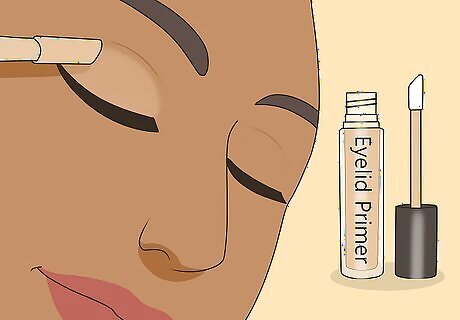
Get an eyelid primer to hold eyeshadow in place. If you don’t wear much or any eyeshadow, you are absolutely fine applying your normal makeup primer to your entire face. However, if you spend a good deal of time on an elaborate smoky eye, you may want to invest in an eye-specific primer. These will prevent your eyeshadows from creasing or fading, helping your eyelid artwork last all day and night.
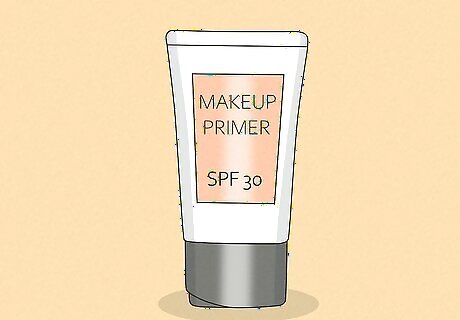
Use a primer with SPF in the summer. If you want your skin to look beautiful, you need to protect it from the sun. A makeup primer with SPF is great year-round, but especially during the summer months. The higher the SPF the better! For added protection on really sunny days, skip the primer and use sunscreen underneath your makeup.




















Comments
0 comment